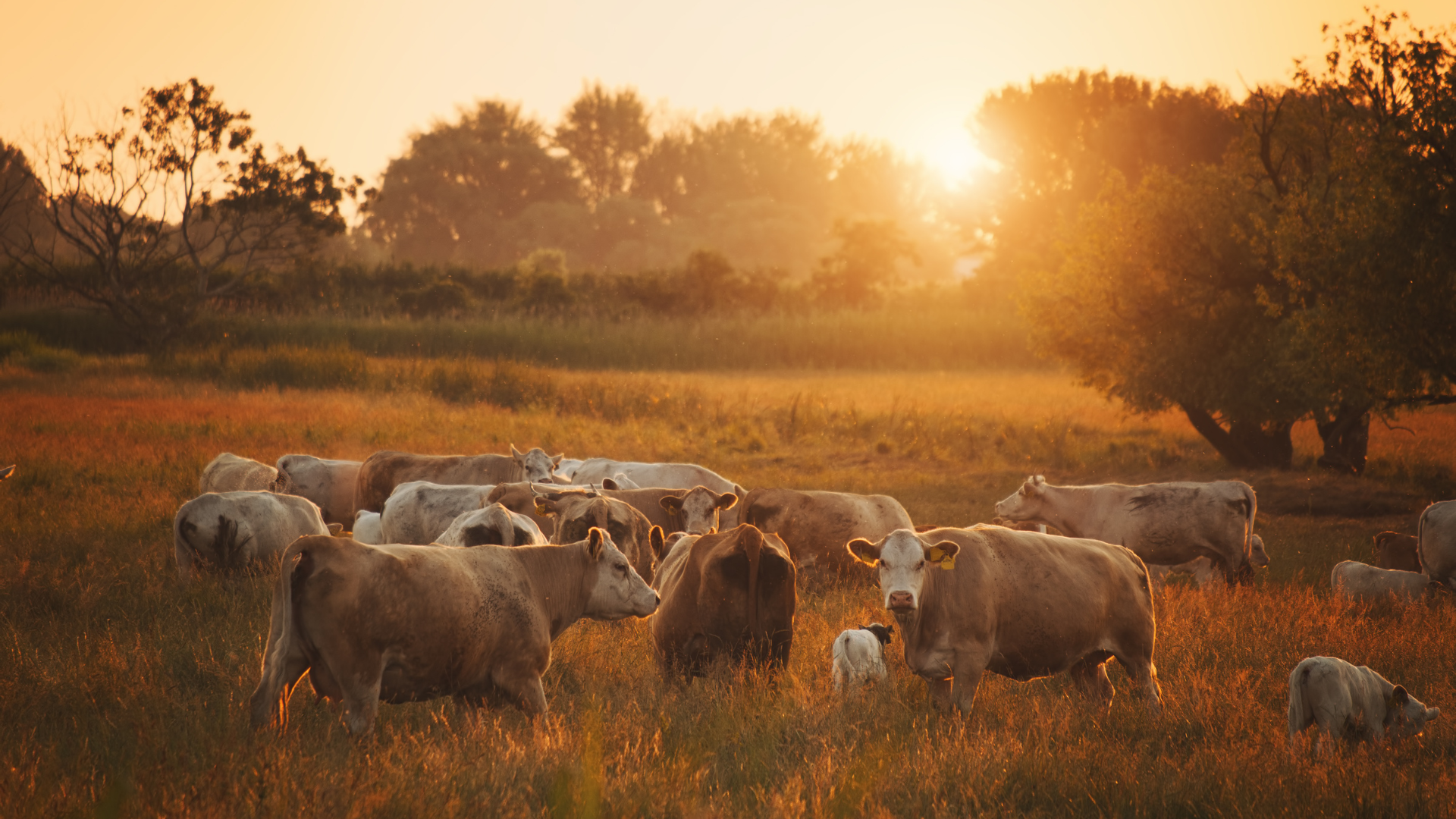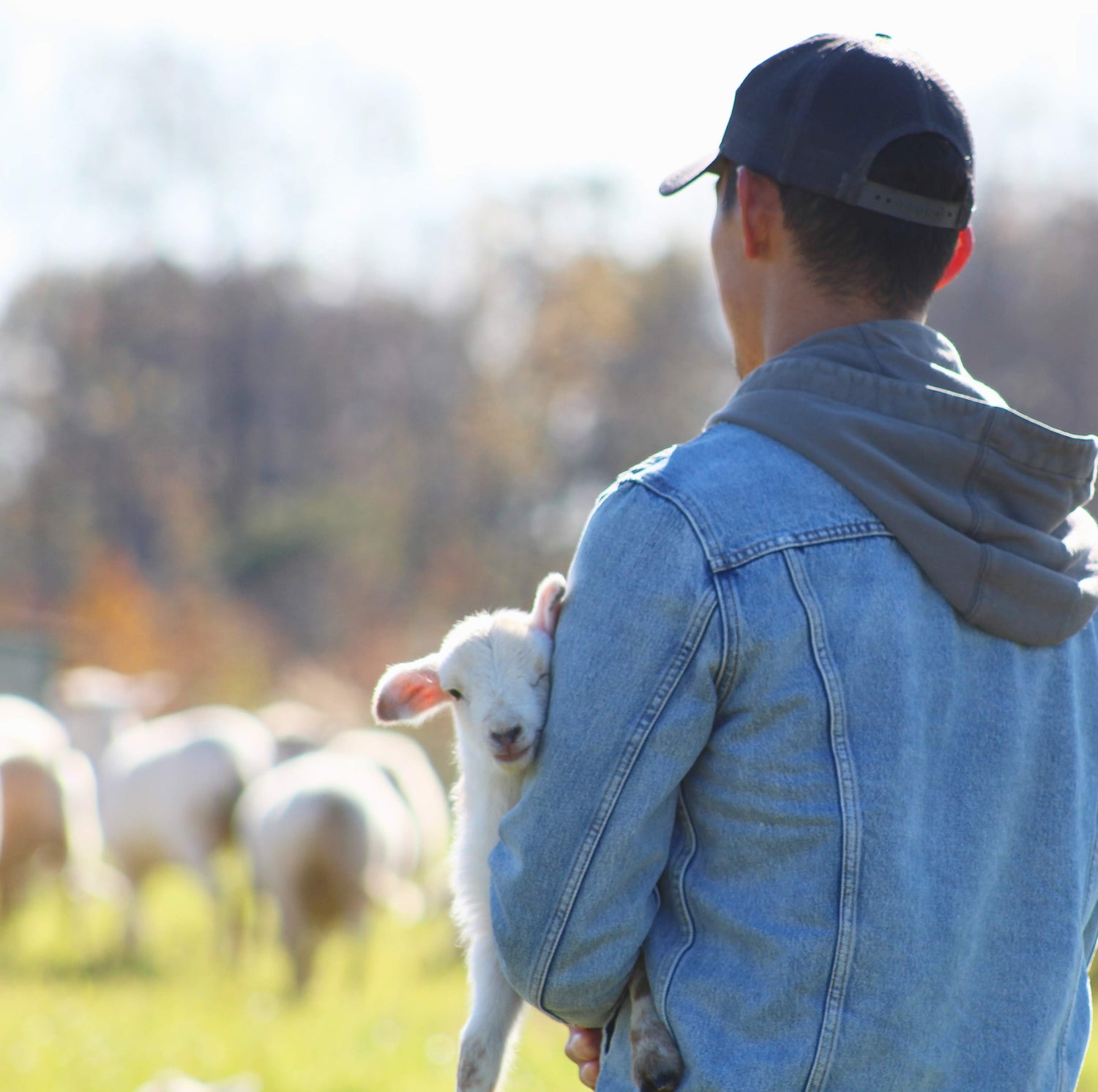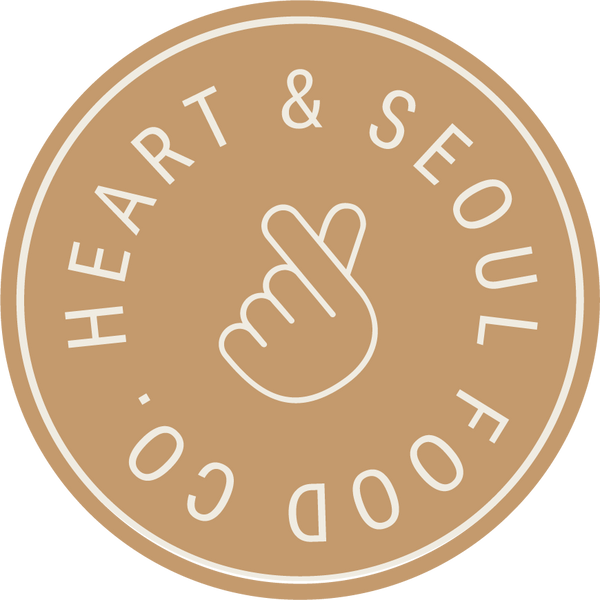
Our Mission
At Heart & Seoul Food Co., our mission is to build a climate-positive food system by promoting regenerative agriculture, regional processing, and whole-animal nutrition. Inspired by Korean homestyle cooking, we use sustainably sourced and high-quality ingredients to bring you nutrient-dense foods rooted in culture to maximize every animal harvest and nourish your body and soul.
-

Small Batch
-

Local
-

Regenerative
-

Nose-to-Tail

Founding Story
In the fall of 2019, I left a career in tech to apprentice on a regenerative livestock farm that, uniquely, had its own processing facilities right on the farm. As a result, they were able to make use of the whole animal. Hides were sent to a tannery to make leather; snouts, ears, hooves, and tails were dehydrated to make pet chews; bones were cooked down into broth; and fats were rendered into lard and tallow, some of which was further crafted into candles, soaps, and moisturizers.
When I returned to New York in 2021, I spoke to 30+ farmers and learned that most of them had a hard time selling bones, fats, and even organ meats. Without the processing capabilities to turn them into more easily sellable product, some farmers stopped taking these parts back from the abattoir altogether. That meant they weren't making money on a huge portion of the harvest. That also meant some of the most nutrient-dense parts of the animal were being turned into livestock feed or pet food at best and compost or biofuels at worst. While most of the Western world is overfed and undernourished and climate change is at crisis levels, I couldn't believe that so much of the animal wasn't going towards human nutrition.
According to USDA reports, almost half of a cow and nearly a third of a pig is considered "inedible" in the US. Yet historically, humans have always prized these now discarded parts of the animal for their high nutritional value. Every culture has developed a way of cooking and preparing almost every cut, and we still see those methods woven deeply into traditional cuisine, including the Korean food I grew up on.
So I decided to start buying those parts from local farmers and, taking inspiration from my Korean heritage, turn them into nourishing foods and drinks. I've cooked hundreds of gallons of broth since, feeding people a classic Korean dish known as gukbap (rice and thinly sliced meat served in piping hot broth and topped with scallions, garlic, and ginger), serving cups of our collagen-rich broth as a delicious and soul-satisfying sipping broth, and whipping up creative broth-based lattes (like a matcha broth latte, turmeric broth latte, and chai broth latte) at markets and pop-ups across New York City.
Today, our award-winning Korean bone broth, recently named a 2024 Good Food Awards Finalist, is part of a range of pantry staples. Our flagship collection includes two Korean broths (beef and pork) and two heirloom cooking fats (tallow and lard) to help home cooks reclaim the kitchen and their health.
We're creating an alternative food system centered on delicious and wholesome foods rooted in culture. We believe in reconnecting with the wisdom of traditional cuisine, honoring the animals we harvest, finding harmony through agroecology, and rediscovering nourishment through food. We are learning as we go, and we're so happy to have you along for the ride.
-
With all my Heart & Seoul,
Edlin Choi
🫰
